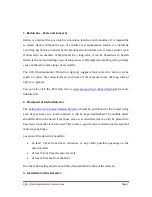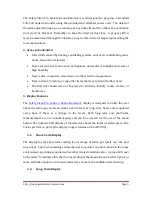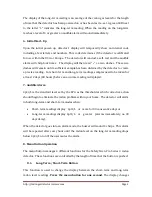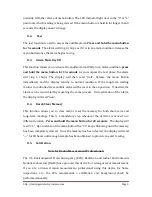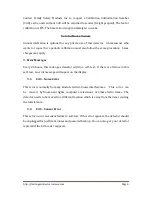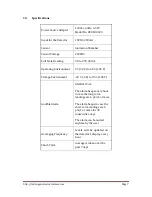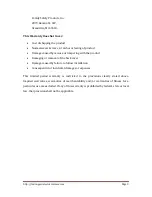
http://radongasdetectorreviews.com
Page 2
1.
Radon Gas – Facts and Concerns
Radon is a radioactive gas which is colourless, tasteless and odourless. It is impossible
to detect Radon without the use of sensitive test equipments. Radon is a naturally
occurring gas that is produced by the breakdown of uranium in soil, water and/or rock.
If allowed to accumulate at high levels for a long-term, it can be hazardous to health.
Radon is the second leading cause of lung cancer while cigarette smoking is the primary
cause and leads to more lung cancer deaths.
The EPA (Environmental Protection Agency) suggests that corrective action can be
taken to reduce the radon levels in your home if it’s measured over the long term at
4pCi/L or greater.
You can also visit the EPA web site at
www.epa.gov/iaq/radon/index.html
for more
information.
2.
Placement of Radon Detector
The
Safety Siren Pro Series3 Radon Detector
should be positioned in the lowest living
area of your home in a location where it will be kept undisturbed. The audible alarm
should be able to be heard from those areas. A second detector can also be placed in a
basement room that is rarely used. This is also a good means to determine the levels of
radon in your home.
Location of the detector should be:
At least 3 feet from doors, windows, or any other possible openings on the
exterior walls
At least 1 foot from the exterior wall
At least 20 inches from the floor
No other obstructing objects should be placed within 4 inches of the detector.
3.
Installation of the Detector


